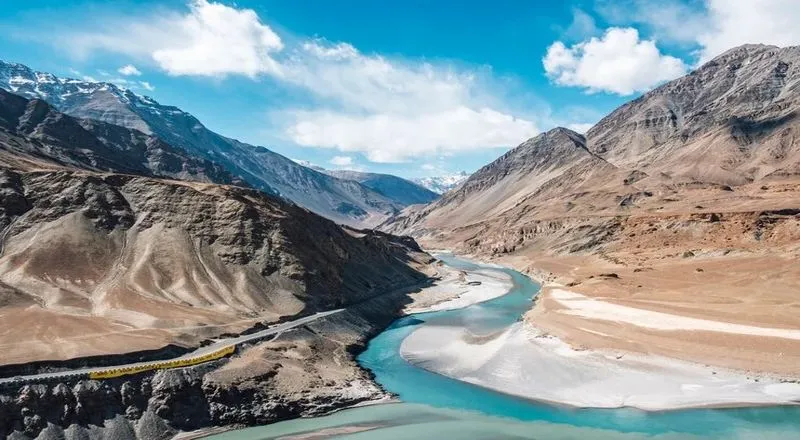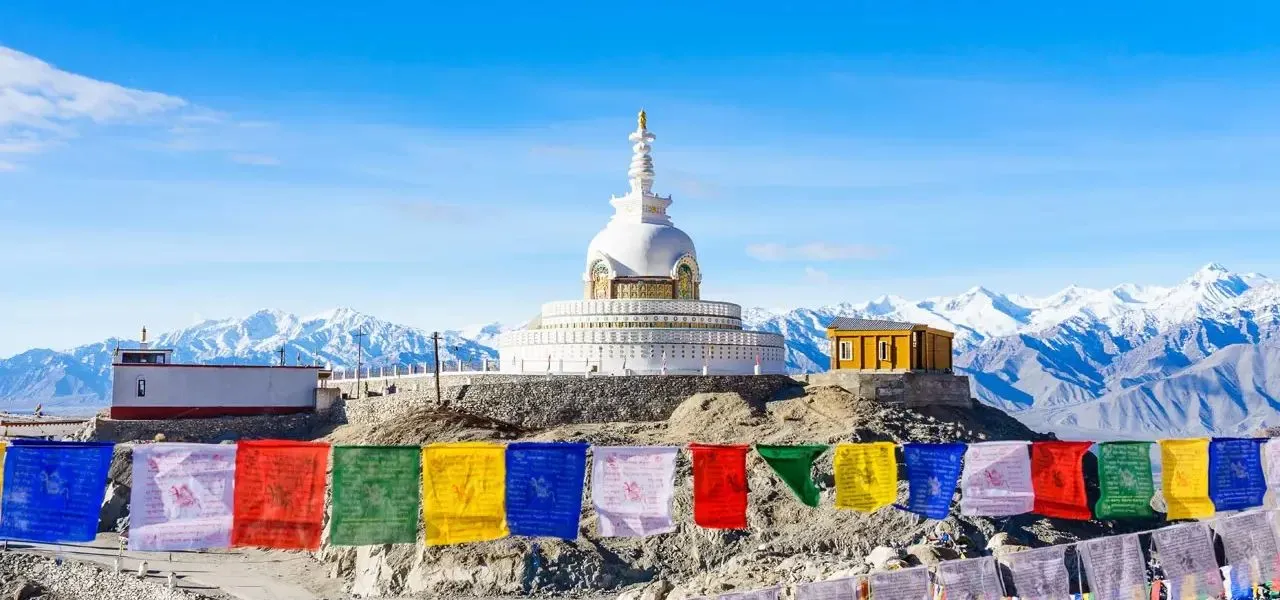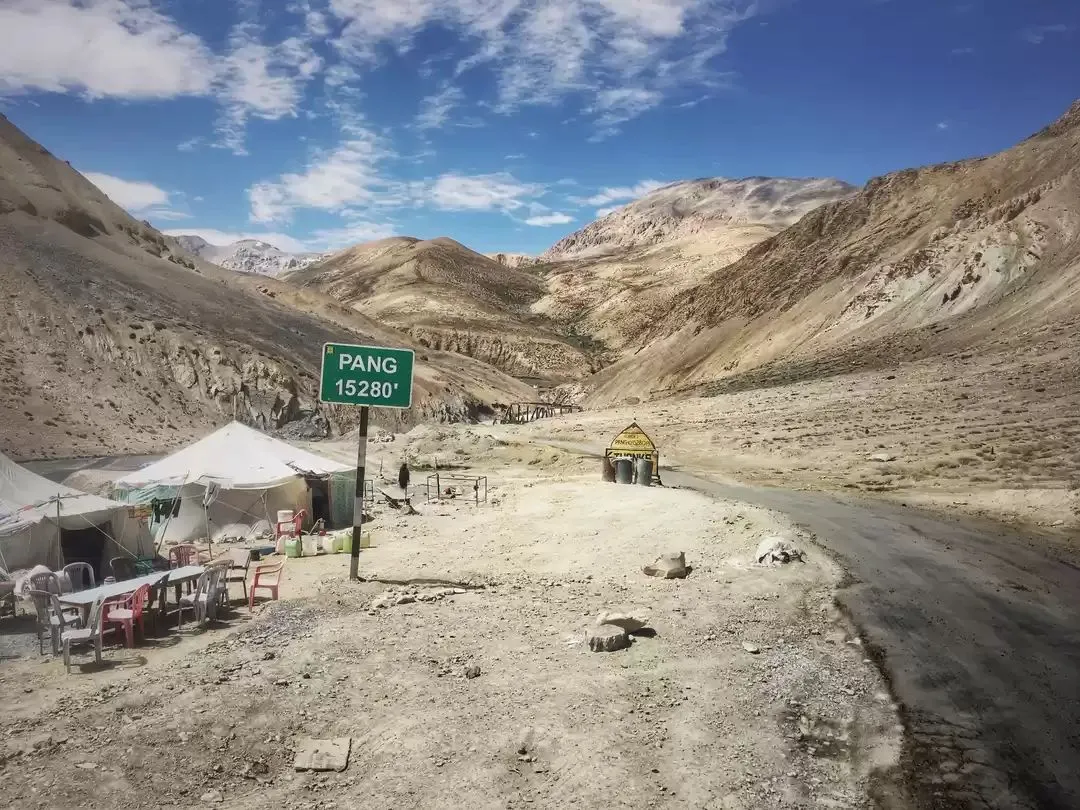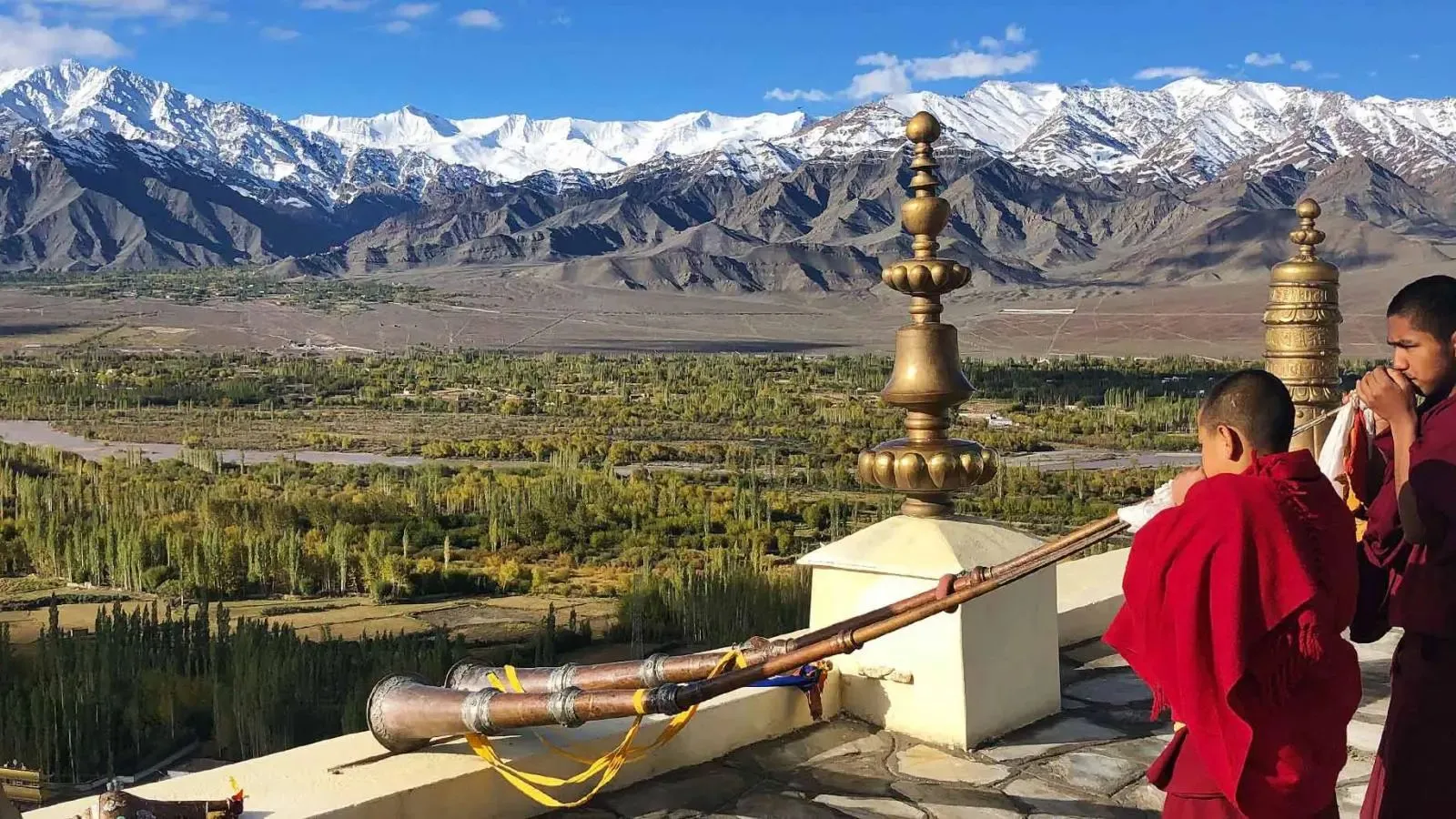Summary: Ladakh tours are invigorating and revitalizing simultaneously. Ladakh is a great place for travelers of all stripes, not just hikers. With Leh Ladakh tour packages, you can visit the vibrant hub of Tibetan-Buddhist culture, which is adorned with countless gompas and monasteries.
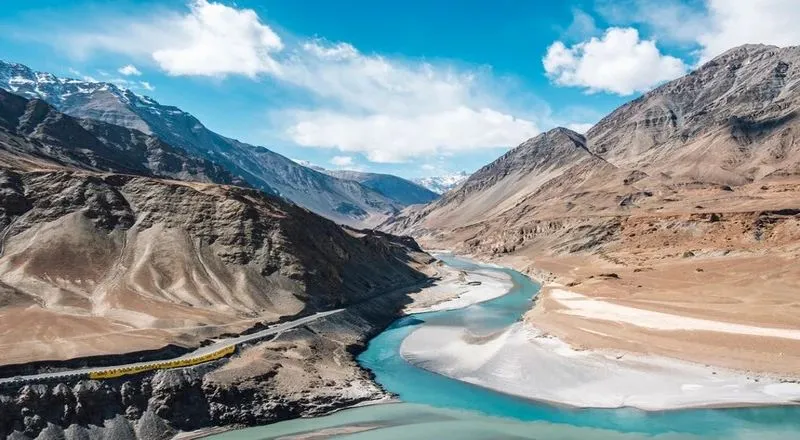
The Marvels of Ladakh
Leh Airport/Leh Airport
The Marvels of Ladakh Itinerary
Day: 1 Leh Airport Pickup & Sightseeing (Leh Palace, Leh Market, and Shanti Stupa)
When you arrive at the Leh airport, our representative will meet you and assist you to your booked lodging. Once you're at the hotel, make sure you get enough sleep to adjust. Visit the Shanti Stupa, Leh Palace, and Leh Market later in the evening. Spend the night in the hotel.
Day: 2 Leh Sightseeing
Visit Likir, Alchi Monastery, Sangam (the confluence of the Zanskar and Indus Rivers), Magnetic Hill, Pathar Sahib Gurudwara, and the Hall of Fame museum before going on an excursion to Sham Valley after breakfast.Spend the night in the hotel.
Day: 3 Leh - Nubra Valley (Via Khardungla Pass)
Drive to Nubra Valley via Khardungla, the world's highest motorable road (18,380 feet), after breakfast. You can stop for brief rests at picturesque locations and roadside cafes to take pictures. Check into the hotel or camp upon arrival. Enjoy a double-humped camel safari (at your own expense) at the Sand Dunes between Deskit and Hundur Village after lunch. Double-humped camels are unique to Ladakh and Mongolia. Spend the night at the camp.
Day: 4 via Shyok River Road, Nubra - Pangong Lake
Leave for Pangong Lake, 14,500 feet away, after breakfast; the drive takes 6-7 hours. Arrival at the camp, followed by free time to enjoy the lake's changing colors and the setting sun on its banks. Spend the night at the camp.
Day: 5 Pangong Lake to Leh
Enjoy the gorgeous image of the sun rising over the lake in the morning. Drive back to Leh after breakfast, stopping along the way to see Shey Palace and Thiksey Monastery. Spend the night in the hotel.
Day: 6 Drop at Leh Airport
Transfer in the early morning to the Leh airport in order to take the return flight. The trip is over.
Our Tour Details
-
Pick-up and DropLeh Airport/Leh Airport
-
Duration5Days &06 Nights
-
Starting Price₹/-
Frequently asked Questions:
Ladakh is renowned for its breathtaking landscapes, including high-altitude deserts, snow-capped peaks, turquoise lakes, and ancient monasteries, as well as its rich cultural heritage influenced by Tibetan Buddhism.
Ladakh boasts several iconic attractions, such as Pangong Lake, Nubra Valley, Magnetic Hill, Tso Moriri Lake, Leh Palace, Hemis Monastery, and the ancient Silk Route passes like Khardung La and Chang La.
The best time to visit Ladakh is during the summer months from May to September when the weather is pleasant, and most roads and attractions are accessible, allowing visitors to explore its marvels comfortably.
Adventure enthusiasts can indulge in a variety of activities in Ladakh, including trekking, river rafting, mountain biking, camel safaris, paragliding, and motorbiking on some of the world's highest roads.
Visitors can explore Ladakh's cultural heritage by visiting ancient monasteries such as Hemis, Thiksey, and Diskit, attending traditional festivals like Hemis Festival and Ladakh Festival, and interacting with local communities.
Yes, Ladakh's serene and tranquil environment makes it an ideal destination for spiritual retreats and meditation. Many monasteries and retreat centers offer meditation courses and yoga retreats amidst the Himalayan landscape.
Yes, Ladakh offers eco-friendly accommodations such as homestays, eco-lodges, and tented camps that promote sustainable tourism practices and provide guests with an immersive experience amidst nature.
Travelers to Ladakh should be prepared for the high altitude and harsh weather conditions, stay hydrated, acclimatize properly, dress in layers, wear sunscreen and sunglasses, and avoid strenuous activities to prevent altitude sickness.
Yes, Ladakh is home to unique wildlife species such as the snow leopard, Tibetan wild ass (kiang), Himalayan marmot, Himalayan ibex, and various bird species, offering opportunities for wildlife enthusiasts to spot these rare animals.
Travelers can contribute to conservation efforts in Ladakh by practicing responsible tourism, minimizing waste and pollution, supporting local eco-friendly initiatives and community-based tourism projects, and respecting the region's fragile ecosystem and cultural heritage.

